|
We've scoured the internet for advice from America's top chefs and industry partners on how to grill the perfect steak! Here's what we've found!
1. Salt your steak an hour ahead of time. Salt helps pull out juices from the steak. When applied an hour ahead, it will pull out the juices and then the steak will reabsorb them back in, giving you more concentrated flavor. If you don't have an hour, salt immediately before and you'll be enjoying that restaurant-quality crust you notice when you eat out. 2. Allow your steak to reach room temperature before grilling. Starting your grilling session with room temperature meat helps for quicker grilling, and more importantly, will provide you an even cooking temperature throughout your protein. 3. Pre-heat your grill. One of the worst mistakes people make is not giving the grill enough time to heat up. If you're cooking with coals, think 30 minutes with the vents open. A 3 minute high-temperature sear on each side right away will hold in tasty juices. 5. Start with a clean grill. Use a sturdy metal brush to remove any buildup on your grates. This is easier when your grill is hot. We recommend turning your grill up to a high temperature burn first, and then using your grill brush to remove any buildup. Do this both before and after each grilling session so build up is not sitting on your grilling grates in between grilling sessions. 6. Less flipping is better! One to two flips is ideal for most meats. If it's sticking to the grates, wait a bit longer. It will not stick when it's ready to flip. 7. Keep a spray bottle handy for flare-ups. Too much flame equals unpleasant charring and uneven cooking, two of the biggest culprits of bad taste. Simply spray water on flareups to dampen them while not interfering with your temperature. Too many flare-ups may be an indicator that it's time to clean the inside of your grill. 8. Undercook slightly! Food continues to cook about 5 degrees after it leaves the grill. Anticipate this carryover cooking at the table while you are giving your meal time to rest before serving. 9. Let the meat rest for 5-15 minutes. Resting your meat gives the juices an opportunity to redistribute into the steak! 10. Use a meat thermometer! The technology exists, why miss and end up with an overcooked meal? You may be tempted to use it in your thickest steak (similar to inserting into the thickest part of meat when oven cooking), however, we contend choosing the quickest cooking steak. Once you hit medium on that piece, your other steaks will be hovering in the medium-rare range you're shooting for (at least, that's how we like it)! Sources: Foodnetwork, Salon, Serious Eats.
1 Comment
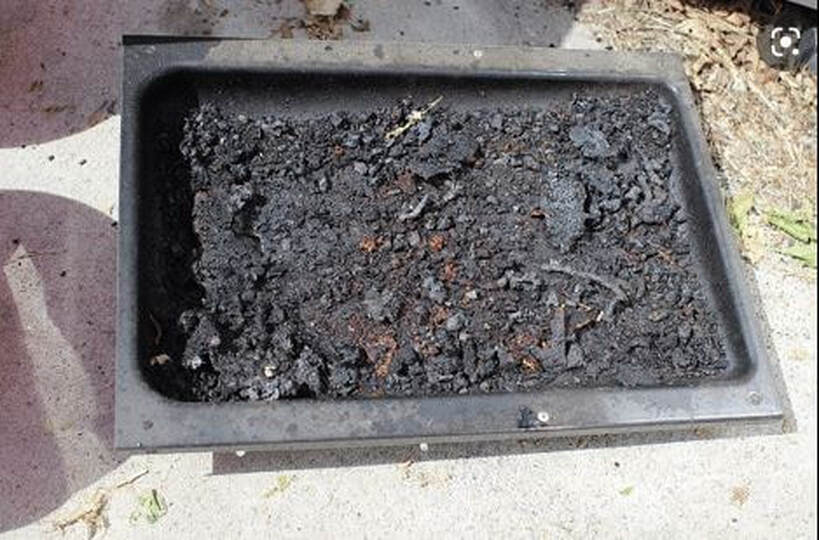 According to the National Fire Protection Association, over 10,000 home fires are started by grills each year. Don't let your cookout turn into one of those fires! Here's a collection of preventative tips so you don't end up with a grill fire of your own... 1. Whether you're cooking indoors or out, it's always important to keep a fire extinguisher nearby. If you don't have a good place to store one outdoors, keep it inside the nearest entrance to your home. 2. Fire safety when grilling also means checking the grill's interior and grease collection tray. A full tray should always be emptied to avoid a grease fire. If you are noticing any flareups from the area of your burners, it could be an indication that there is too much buildup inside your grill and a deep cleaning is overdue. 3. Make sure grease is not allowed to drip onto the hose, gas cylinder/tank, or inside the cabinet. Keeping fire inside the grill is the top priority. Making sure that grease does not build up near your fuel source is important in preventing a dangerous fire. 4. While barbecues are prone to flame up when grease starts to collect, it is not just your grease tray that you should be keeping an eye on. Outdoor grills are often placed in hazardous locations too close to the house, deck railings, outdoor sheds and under patio awnings. To help ensure a safe grilling and BBQ experience, place your grill at least 10 feet from the home or other structures. Also make sure there are no obstructions like a patio awning or tree branches above the grill that could catch on fire while you are grilling. Putting Out a Grill Fire... Flare ups from cooking food on the grill are natural. However, when the flames on your BBQ become too large or spread to adjacent areas, it is important to have a fire extinguisher within reach and know how to use. 1. If your gas grill catches fire, the first thing you should do is attempt to turn off the burners and gas source. If you can reach the knobs safely (on a gas grill), this will help stop additional fuel from feeding the fire and creating a larger problem. If the propane tank itself is involved in the fire, evacuate the vicinity and call 911. 2. Close the grill lid and all grill vents, as a lack of oxygen will help to starve the fire of oxygen and slow it down. 3. Attempt to smother the fire. Never spray water onto a grease fire! Water will intensify the fire and it will spread. Throw salt, baking soda or sand onto the fire to smother the flames. 4. Use a fire extinguisher to extinguish the flames using the P.A.S.S. technique - pull, aim, squeeze, and sweep. Once the fire has been put out, make sure to switch off any burners on the grill that were still on. Sources: cnet, Quirk Books, First Alert  Dave is the Founder & Owner of Inferno Grill Cleaning, a Cleveland-based BBQ Grill Cleaning Service specializing in the deep cleaning & sterilization of outdoor grills. Thank you for stopping by! Please take a moment and get to know Inferno Grill Cleaning by visiting www.infernogrillclean.com |
AuthorDave is the Founder & Owner of Cleveland-based Inferno Grill Cleaning. Archives
July 2023
Categories |
*Booking your appointment online is by far the quickest way to communicate with us.
Email Us | About Inferno GC | 2024 Pricing | Season Plans | Book Your Grill Cleaning | Employment | For Sale
Welcome to all current and former customers of The Cleveland Grill Cleaning Co! We look forward to serving you!
"Nothing adds flavor like flare ups from crusty grease, fat, and burnt chunks of last year's chicken!"
- Nobody, ever.
- Nobody, ever.

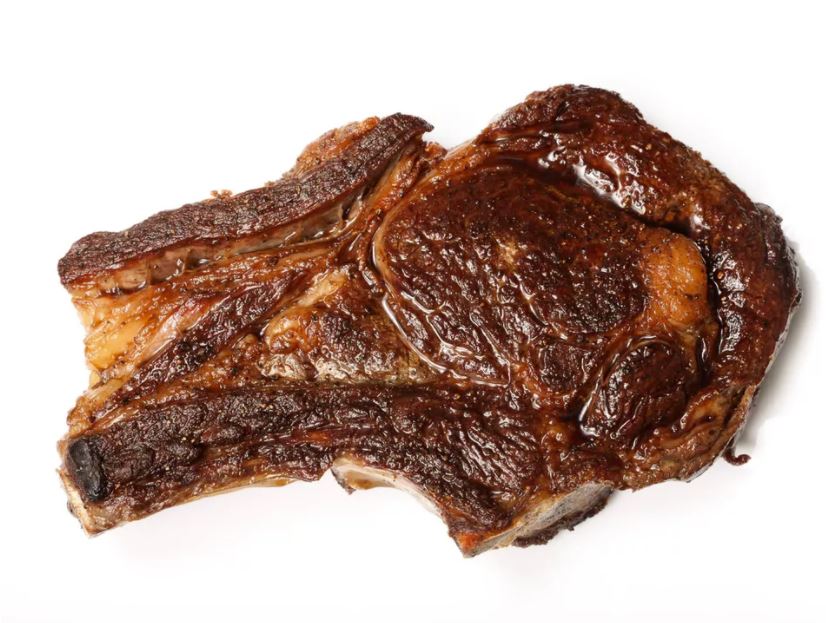
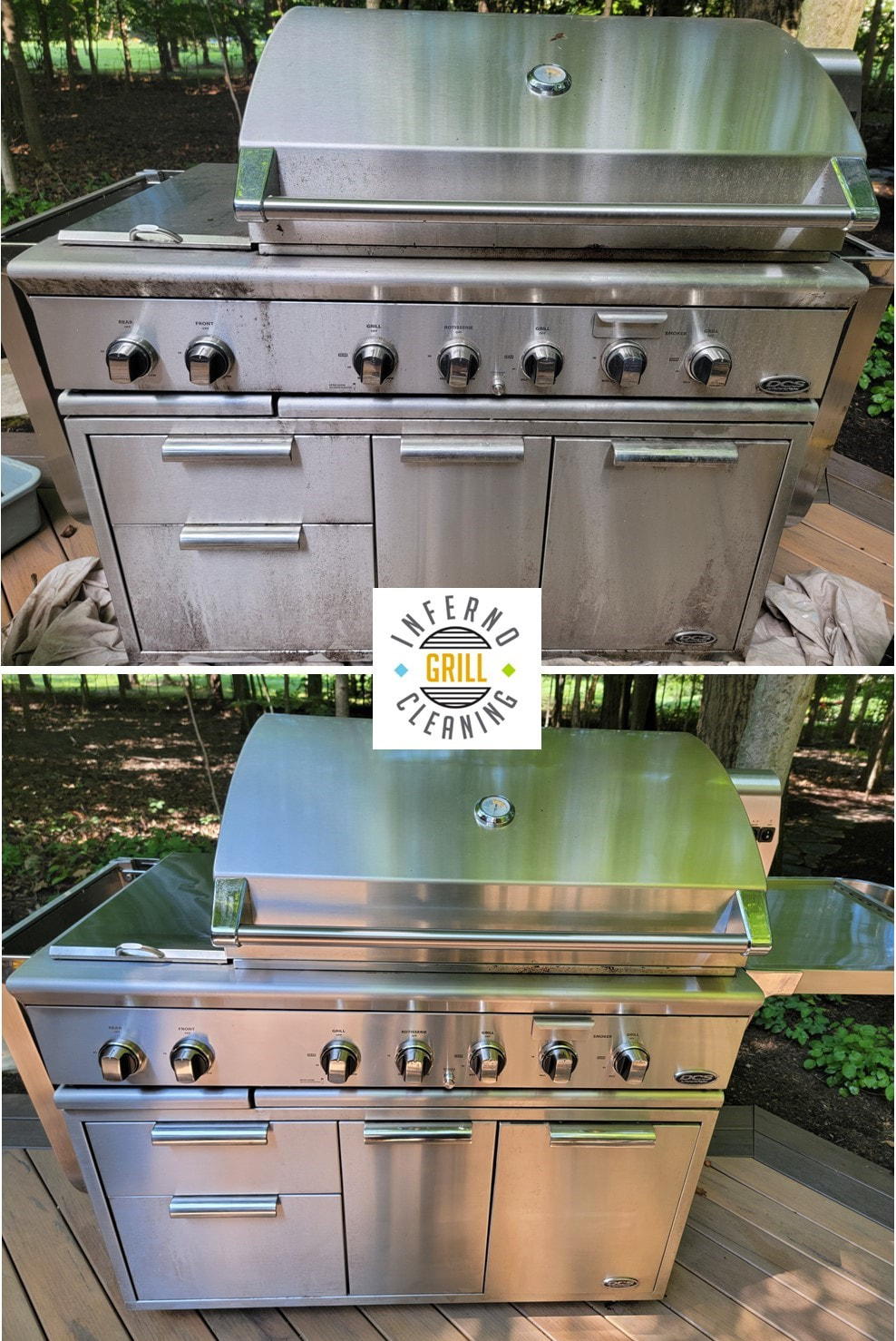

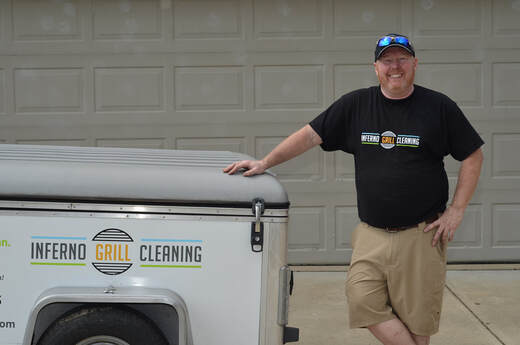
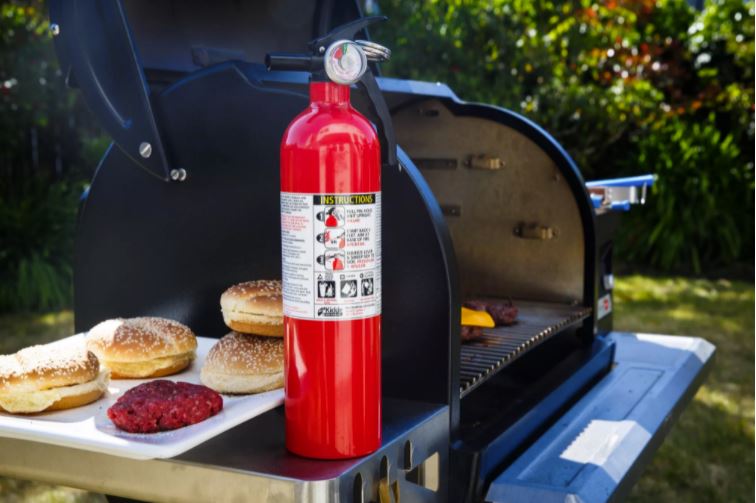
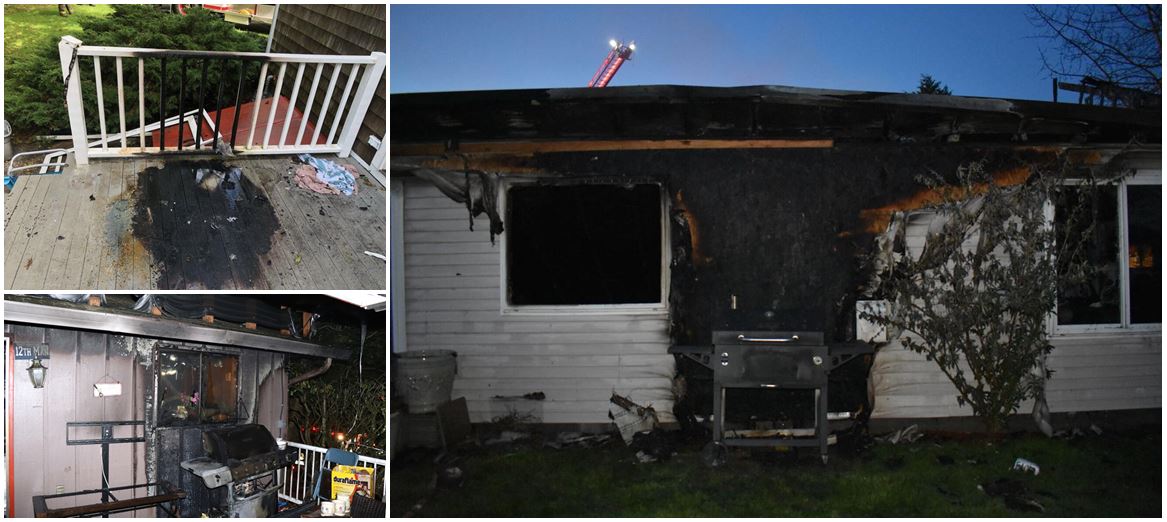

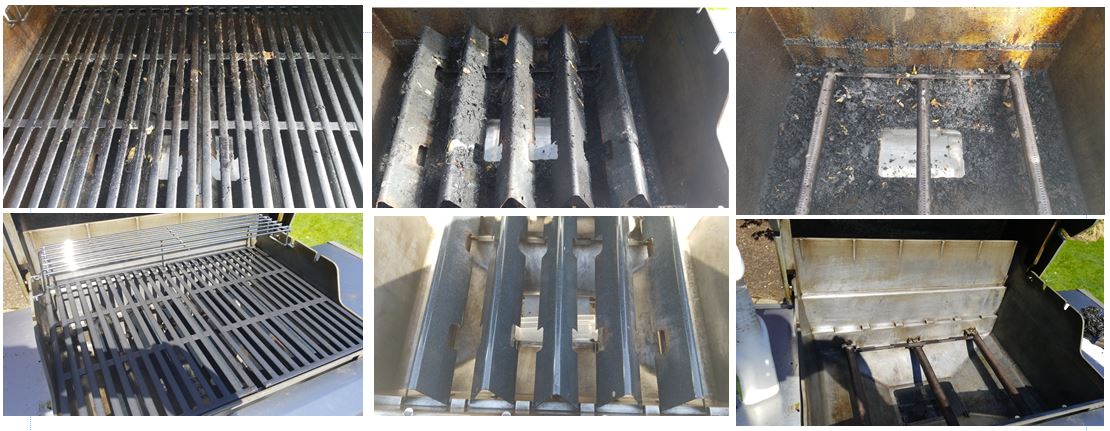
 RSS Feed
RSS Feed
